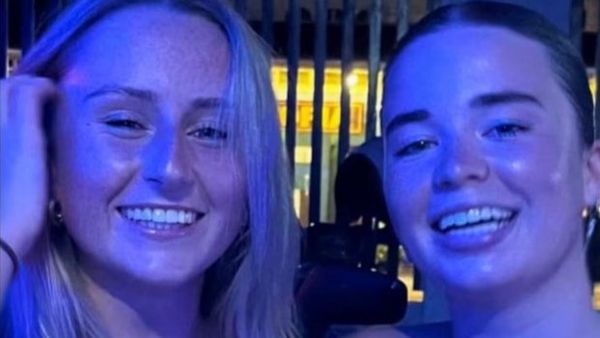
The murder of Ohio State University student Reagan Tokes did more than terrify a city; it exposed the cracks in a justice system meant to protect her.
On the evening of Feb. 8, 2017, Tokes finished her evening shift at the Bodega restaurant-cum-bar in Columbus at around 9:45 p.m., and texted one of her roommates that she was driving home. It was a routine message that assured her roommate of her safety every night. But nobody knew it was the last one she would ever write.
As the 21-year-old walked to her car, Brian Golsby, a recently paroled felon wearing a state-issued GPS ankle monitor, was waiting in the dark. Released just months earlier after serving six years for robbery and attempted rape, he ambushed Tokes at gunpoint, forced her into her own car, and drove her through the city’s ATMs to withdraw cash. He then took her to Scioto Grove Metro Park in Grove City, where he sexually assaulted and shot her twice, leaving her body partially clothed.
When Tokes did not return home and missed multiple calls from her parents, Toby and Lisa immediately called the police, but couldn’t file a missing persons report. The horrific crime that happened that night came to light as the sun rose the next morning, when a jogger discovered her body.
Tracking Tokes’ killer
Investigators pieced together the events of the night through surveillance footage. ATM cameras captured Tokes withdrawing money under duress, while data from Golsby’s GPS tracker traced his exact movements from the restaurant to the park where her body was found.
Inside Golsby’s home, police uncovered Tokes’ purse, car keys, and shell casings that matched those at the scene. Forensic tests confirmed that Golsby’s DNA matched the semen sample collected from Tokes’ body. He was arrested days later on Feb. 11, exposing the chilling truth to the public that a man under state supervision had been free to kill.
Conviction of Brian Golsby
On March 13, 2018, a Franklin County jury convicted Golsby on one count each of kidnapping, rape, robbery, and aggravated murder. He was charged with seven counts of aggravated robbery and two counts of tampering with evidence. Reportedly, he had also committed a string of robberies in the hours leading to Tokes’ abduction and murder.
The judge imposed life imprisonment without parole on Golsby on May 21, after jurors could not unanimously agree on the death penalty. The verdict delivered justice, but not comfort, when the system had so clearly failed to prevent the crime in the first place. There was extensive media outrage in Central Ohio over Tokes’ murder, which soon inspired The Reagan Tokes Act, enacted in 2019.
Even with her death, Reagan Tokes left behind a legacy
The Reagan Tokes law reformed Ohio’s sentencing and parole system by allowing judges to impose indefinite prison terms for violent offenders and by tightening GPS monitoring oversight. This came because Golsby was registered as a Tier III sex offender upon his release and was wearing a GPS-tracking device when he murdered Tokes.
But Tokes was just a 21-year-old psychology major chasing her dreams, a devoted daughter, and a great friend, just driving home after work. Her story might have become a law, but it is also a question still echoing through Ohio: was it Golsby who killed her or the State that overlooked their responsibilities?







